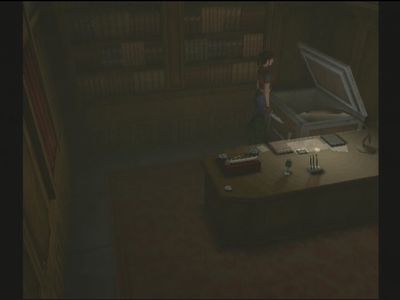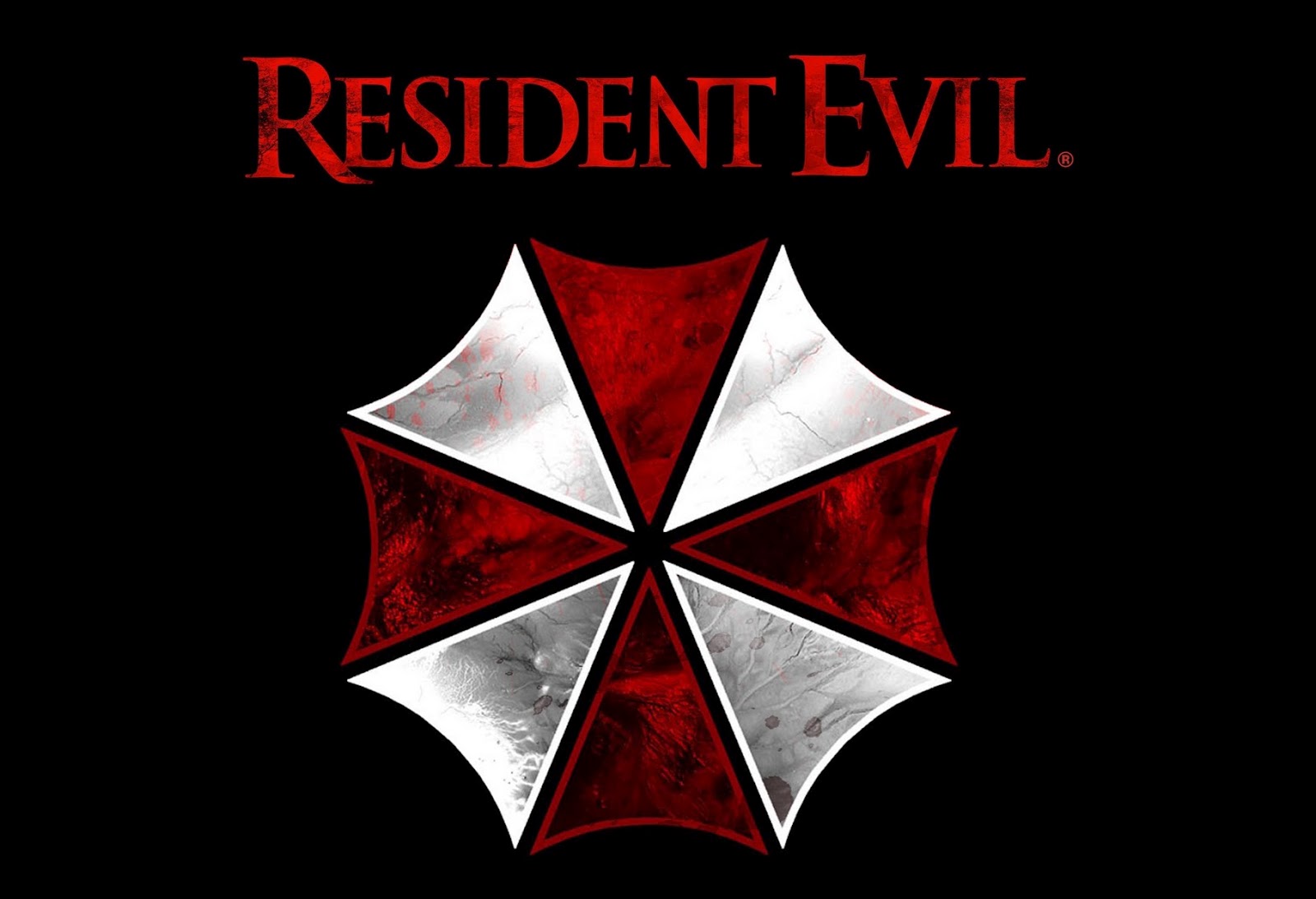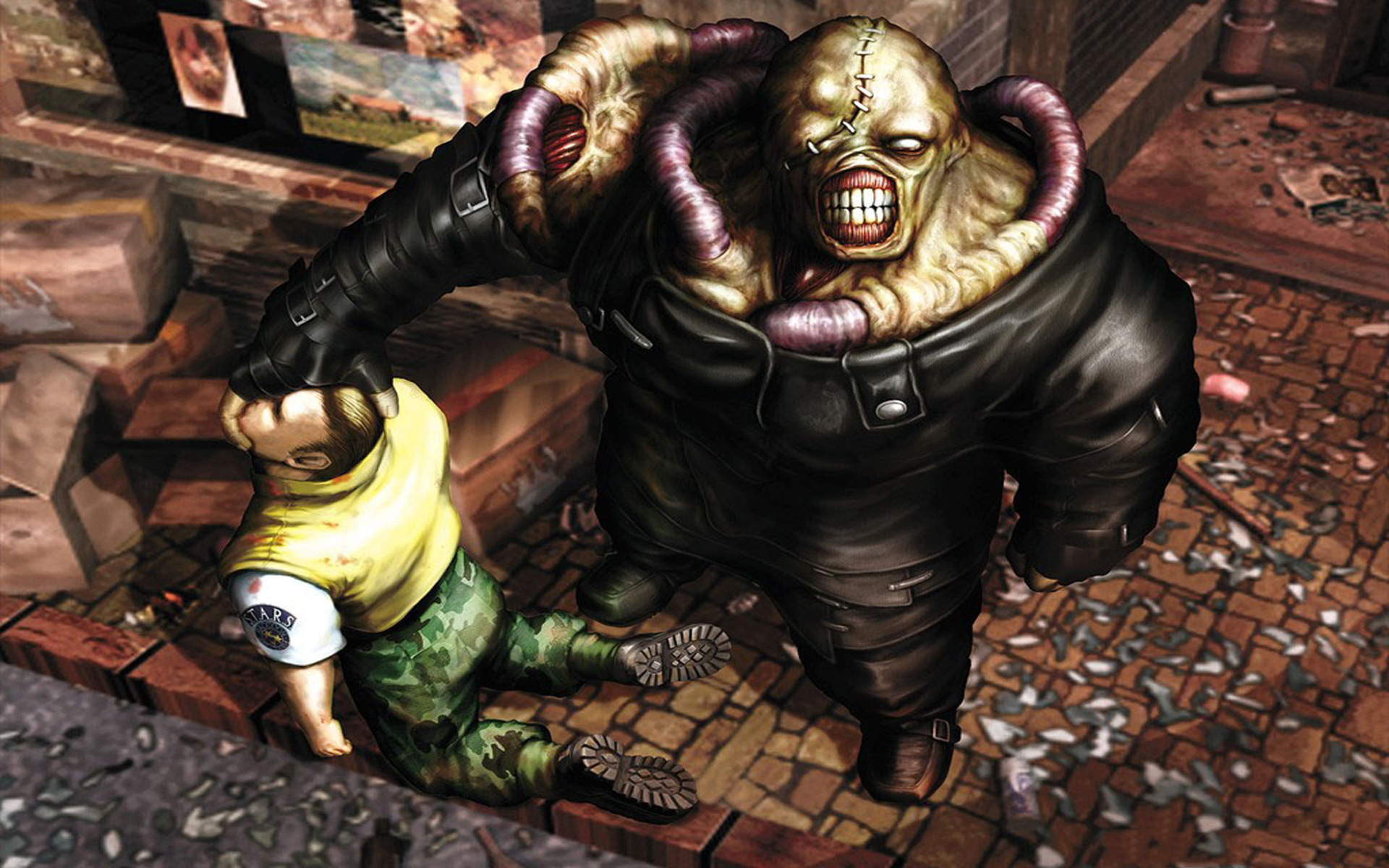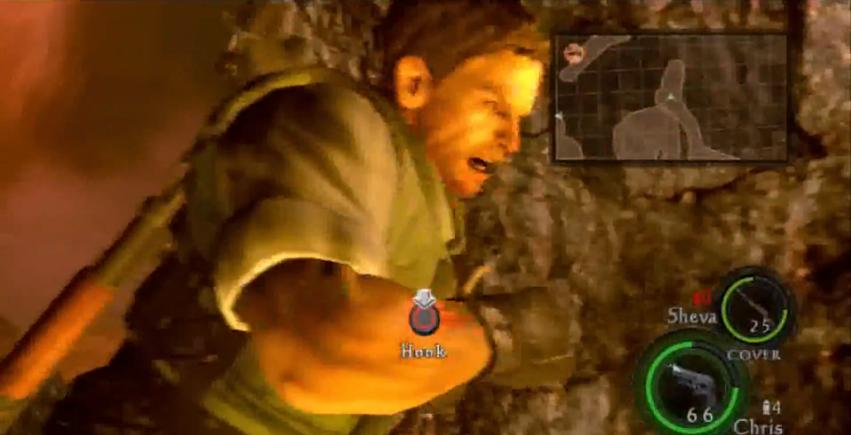Classic is the word which comes to mind when thinking about anything considered unforgettable. There were classic television programs, perhaps of the Science Fiction genre or Quiz variety, which remind us of happier childhood times. Classic movies which provoked powerful imagery; classic books which transported us to wondrous kingdoms of glittering magical magnificence, where our imaginations were limitlessly bouncing from one nail-biting adventure to the next.
Then, there were video games — the perfect combination of everything featured within the less technically impressive media forms, with added the ability to valiantly control our stalwart character’s destiny. When I personally think of classic games, I think of the original Resident Evil games particularly – and also staples like Final Fantasy, Zelda, Pokémon, and Mario, but they are for another time perhaps.
(The original cast of the first Resident Evil)
To me, classic Resident Evil means every one of the original games. So, Resident Evil and its HD remake, Resident Evil 2, Resident Evil 3: Nemesis, Resident Evil: Code Veronica and Resident Evil 0. They’re considered the classics with their particular attributes, which I’ll delve into shortly.
Now, roughly the entire point of this article is to attempt to compare the classic Resident Evil games with the series’ later offerings and attempt to correlate a reasoning as to why the originals adhered to the definition of Survival Horror, Resident Evil’s genre, of which it is considered a pioneer.
What is Considered Survival Horror?
Survival horror typically encompass several traits. Firstly, like the movies, they have a foreboding atmosphere — featuring darkness and monsters obscured by shadows or distance. The world is scattered with resources like ammunition, and restoratives which are often difficult to find. Menacing, monstrous creatures inhabit the genre, making players consider the correct approach. Things are typically relatively slow-paced to provide necessary tension. Particularly menacing enemies are considered bosses because they’re nearly impossible to defeat.
For all of this, as a simple media comparison, think the first Alien movie; that is the perfect definition of a Horror movie and encompasses everything within classic Survival Horror.

The Classic Resident Evil Experience
Classic Resident Evil is about several aspects which truly defined the Survival Horror genre, including…
The Atmosphere
The wonderfully foreboding feeling of being potentially caught off guard by a menacing monster, while disturbing ambient SFX plays around you. The darkness, the creepy locations and the remains of previous victims of the zombie plague. The soundtracks which invoked thoughts of desperation and terror.
The Inventory
A minimalist inventory screen which suited the survival aspects perfectly; there were very limited resources available, especially on the harder difficulties, and only being granted 6 -10 item slots basically meant planning and item management were crucial.
The Gameplay
These types of games are characterized by a combination of controlling a character in third-person, while shooting anything scary which gets too close. There’s also the need to be conservative with character positioning when engaging opponents and timing every shot and reload — lest you be bitten repeatedly by that same freaking zombie which gives you trouble on multiple endeavours within the plague-infested mansions, factories and laboratories. Then you have the anxiety of not knowing your character’s condition and having minimal health restoratives as you go toe-to-toe with eight-feet tall menacing adversaries, capable of knocking your character’s block off in three hits.
The Save System
Resident Evil had a harsh yet fair save system which punished you for your character’s deaths, teleporting you to the preceding typewriter your character’s shaking fingers used to record their ominous progress. Having to reload a save from several hours ago after passing up the opportunity to save multiple times was what basically made the system fair.
Then again, if you’re like me and possessed the audacity to attempt completing Resident Evil: Nemesis on the highest difficulty without saving and then lost towards the end, you might hate it. But truthfully, I don’t hate the system — it’s ingenious because it makes every ounce of progression meaningful and every resource attained more valuable. You bemoan poorly utilized resources and wish you were somewhat more conservative, because inevitably there will be countless scary monstrosities standing in your way once you leave a location of temporary safety.
Limited Resources
The Survival Horror masochist’s greatest friend is limited resources. Having practically nothing makes everything more meaningful and significantly more tension-invoking. Knowing there are only fifteen handgun bullets in your character’s inventory and seven shotgun shells prior to entering a potentially monster-infested area can be tremendously stressful. Should you pick off the most aggressive, closest or menacing enemy and risk running past the rest, or is there honesty enough ammo?
These are wonderful questions, making the experience involve careful planning and genuine concern. The limited restorative items make the tension palpable when near death; and with no save room nearby, this is another great aspect of classic Survival Horror.
The Item Chest
A place to store and manage items is also a place to bemoan one’s inefficiency with the limited ammunition and even rarer healing items available. If you decided to expend your ammunition before entering the item box area, the next area will be much, much more difficult — and boy, do you know it. There’s nothing like ability to glare (almost lovingly) at your assortment of carefully attained items, knowing you’re improving at the game and that you’ve got at least some bullets and restorative items for a rainy day.
The Characters
The assortment of interesting characters was always a treat within the original Resident Evil games. Many demonstrated traits of classic heroes and heroines. But there were also menacing, villainous characters who are considered some of the greatest bad guys in video games — characters like Albert Wesker. All RE characters featured a certain amount of development throughout the classic games, showcasing the natural progression from novice to veteran in Jill Valentine, and the growing legendary status of Chris Redfield.
The Cut-scenes
The glorious FMV story cut-scenes, especially from the PlayStation 1 era, showcased characters in a way which was barely seen before because of the hardware limitations of the time. Seeing characters resembling human-beings that weren’t blocky and low-resolution was a visual feat. Also, all cut-scenes were like intricate chapters, introducing important characters and monsters, while showcasing the natural story progression.
The Bosses
Everyone is familiar with a certain devilishly difficult game bosses ( a la Dark Souls), but Resident Evil‘s bosses were quite the nightmarish monstrosity to behold — nevermind defeat. Especially when the really nasty ones required seemingly endless amounts of the rarest and most effective ammunition (magnum, grenades). Anyone who has played Resident Evil 3: Nemesis, likely recognizes the namesake boss, Nemesis, as being an iconic pain-in-the-behind, because he was absolutely menacing. Another iconic boss was the Tyrant in Resident Evil: Code Veronica, who was considered one of the most difficult bosses during the plane sequence.

(The classic Resident Evil inventory screen)
(The infamous Nemesis from Resident Evil 3: Nemesis)

(The classic save room typrewriter and item box)
After attempting to divulge the secrets of the classic (typed it again) Resident Evil games, it’s time to explore what are believed to be the cons of the modern Resident Evil games from my perspective. These games don’t fit in with Survival Horror and had a detrimental effect on the atmosphere and tension created by the originals. I’ll attempt to be reasonable here, as I’m actually a fan of the modern Resident Evil games, anyway, but obviously not as much as the originals.
The Cons of the Modern Resident Evil Experience
Action-orientated Gameplay
Modern Resident Evil adapted a different philosophy with its frenetic gameplay. While that was an exciting addition at the beginning of Resident Evil 4, 5 and 6, eventually it became noticeable that it had an impact on the atmosphere, somewhat diminishing the creepiness of the experience. The slow-paced and tense, atmospheric experience of the originals was replaced by sudden quickness and mobs of easily-dispatched adversaries, leading one to wonder whether this was introduced to appeal to western audiences compelled by modern shooters. As a consequence, the soundtrack wasn’t as creepy, also, resulting in a less atmospheric experience.
Too Much Ammo
Ammunition was more readily available, diminishing the aspect of limited resources fundamentally important to the Survival Horror philosophy. All the tension of just having enough ammo disappeared into the ether and careful item management became unnecessary.
As a standalone game, it’s agreeable because increasing enemy numbers and faster gameplay naturally require more resources, but this seemed detrimental to the overall experience, especially as the games progressed towards the end, where multiple fully-upgraded weapons were available.
Too Many Restoratives
Having plenty of healing items seems brilliant as a beginner, but for veterans of the series who require a more challenging experience — and who are craving the same experience of the previous games — this is detrimental to the tension of the experience. Add the cooperative partner from the two latter Resident Evil games, and healing items are plentiful…a little too plentiful.
Co-op
Cooperative mode was definitely a nice idea in hindsight — cooperate with somebody who’s as grizzled a Resident Evil fan as you. While it was definitely rewarding taking on the hordes of menacing opponents together, having somebody there slightly diminished the atmosphere of being in a difficult situation, alone. Simply, if you were alone in a dark subway tunnel by yourself, the atmosphere is foreboding, but with someone else, not-so-much. That was really the problem. A special mention must go to the AI being a little unpredictable and unreliable, also.
Auto-save Feature
Auto-saving is an extremely common feature nowadays, and for good reason — because losing small amounts of progress is definitely less harsh than losing hours. This is wonderfully convenient for most games, but within the Survival Horror genre, it feels misplaced, removing that rewarding feeling as your careful planning and resource management paid off in style.
Quick Time Events (QTEs)
These QTEs were a great addition to Resident Evil when they were introduced during Resident Evil 4, because they were used relatively sparingly and for extremely dramatic instances where there was the very real threat of squishy peril. But in Resident Evil 5 onwards, it seemed these QTEs were becoming overly-used, introducing these quick button mashes for almost everything imaginable. And then they committed the cardinal sin: putting QTE’s into the most menacing-looking boss fights. Consequently, the bosses weren’t so menacing.
By Resident Evil 6, these were used so frequently things felt somewhat like a movie or interactive story. While this can have some appeal, this was still a Resident Evil game and puzzlingly labelled as a Survival Horror.
(The infamous QTE of Chris Redfield punching a boulder in Resident Evil 5)
I hope this has been an entertaining, nostalgia-invoking, relatively reasoned outlook on why the original Resident Evil games are better than the newer releases. Hopefully, as Resident Evil fans have claimed the original ones are preferred, Resident Evil 7 – if ever announced – will follow the same format as the classic (doh, typed it again) Resident Evil games.
Am I right? Leave your thoughts in the comments.










Published: Jun 4, 2016 01:17 pm